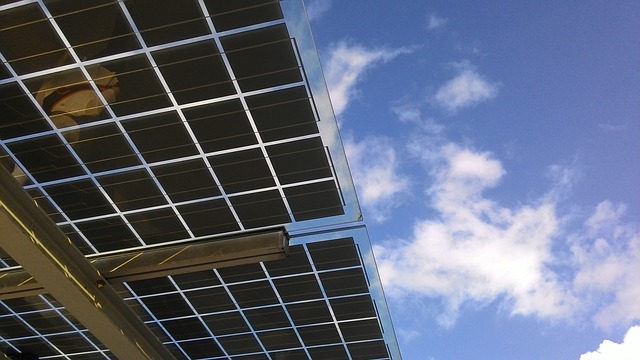
Researchers in Japan have successfully developed a product innovation that allows solar cells to continue to provide solar power after being washed, stretched and compressed. The research group was led by Takao Someya of Riken Center for Emergent Matter Science, a Designated National Research and Development Institute in Japan.
The innovation could give way to solar cells being attached and incorporated into clothing. The researchers say that the innovated solar cells will be a power source to devices and can also be worn concurrently. The devices could include health monitors and sensors that could record and analyze the heartbeat and body temperature. This could aid in the early prevention and detection of potential medical problems.
Several attempts have been made in the past to create power-harvesting textiles. The textile’s important features include the need for efficiency in collecting energy, stretchability, and stability in both air and water. This proved to be unsuccessful in the past as one key feature remained to be unattainable— the ability to be stable in both air and water.
The recent product innovation has successfully achieved all of the three features and is paving the way for top-notch quality of modern technology.
The technology was the product of a systematic investigation conducted by the research group, which is an innovation that came from their earlier development. The previous material on which they based their new device is called PNTZ4T: a high-efficient polymer solar cell capable of small photon energy loss. The researchers deposited the device onto a parylene film which was then placed onto an acrylic-based elastomer. The top side of the ultra-thin device was also coated with the same elastomer to give both sides a special coating that prevents water and air from coming inside the cells but at the same time allows light to enter.
The device also passed varieties of rigorous tests which measured energy efficiency placed under conditions such as resistance to water, and durability. The result garnered a strong efficiency rating which produced 7.86 milliwatts per square meter based on a sunlight simulation of 100 milliwatts per square meter before considering resistance and durability. Although it produced an impressive result when not considering other factors, the device showed a minimal decrease in efficiency when soaked in the water and when subjected to compression. The efficiency decreased by 5.4 percent and 20 percent respectively.
Kenjiro Fukuda of RIKEN Center for Emergent Matter Science said “We were very gratified to find that our device has great environmental stability while simultaneously having a good efficiency and mechanical robustness. We very much hope that these washable, lightweight and stretchable organic photovoltaic will open a new avenue for use as a long-term power source system for wearable sensors and other devices.”
The future is bright with the development of this technology. Its implications include better energy option which can withstand drastic weather conditions and it serves as a stepping stone to other innovation.

Leave a Reply